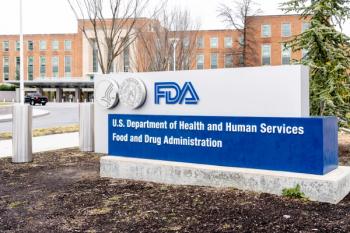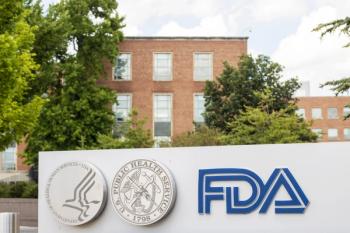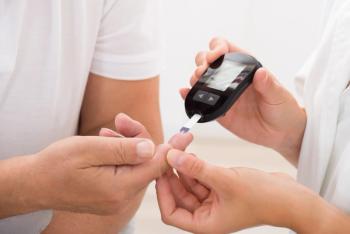
Investigators find that the risk for new-onset diabetes is especially prominent for patients aged 20 to 29 years.

Investigators find that the risk for new-onset diabetes is especially prominent for patients aged 20 to 29 years.

This novel mechanism of action provides an alternative therapy for patients with recurrence or those who may not tolerate current first-line therapies.

Direct-to-consumer drug sales may undermine patient care and threaten independent pharmacies by reducing access to personalized, comprehensive medication management.

Deucravacitinib demonstrated a statistically significant inhibition of radiographic progression compared to placebo.

Pharmacists have shown the ability to stand out among other providers amid some of the most debilitating natural disasters in recent history.

Using the “Psoriasis and Beyond” survey design, researchers addressed patients’ awareness of psoriatic diseases and their associated comorbidities.

Noel Brewer, PhD, states that the Advisory Committee of Immunization Practices will need to quickly work to regain trust.

PET and autopsy assays suggest that Alzheimer disease (AD) and non-AD tau pathologies could be the underlying cause of some late-life mood disorders.

Whether it is a kitchen mishap or backyard injury, pharmacists are key in helping patients choose the right OTC first aid products for fast, effective care.

A modified DASH diet with lower sodium optimized for patients with type 2 diabetes reduced both systolic and diastolic blood pressure.

The conflicting information and abrupt changes are likely to contribute to a lack of trust and confidence in health care, Lauren Angelo, PharmD, MBA, said.

Researchers aimed to understand the treatment goals and preferences of young patients with atopic dermatitis and their caregivers.

The therapy is the first and only RSV preventative option using the same dose regardless of patient weight.

Our whole country needs to do better in providing harm reduction services, including naloxone and syringe service programs.

The move follows the announcement of updated COVID-19 vaccine recommendations, which was announced on X.

The Advisory Committee on Immunization Practices voted to lower the pneumococcal recommendation to 50 years in October 2024.

Hepatitis B and liver functions have been found to be independent risk factors for gestational diabetes and are found to have the highest prevalence of abnormalities.

Widaplik is a single pill combination of telmisartan, amlodipine and indapamide used to lower blood pressure in adult patients.

There were more fires in the span of a 13-year period from 2005 to 2018 than in the previous 2 decades.

Chronic pain is associated with a significant financial burden, with an estimated cost placed at $650 billion annually in the US.

Building trust with patients through fact-based information could help boost vaccination rates to the desirable coverage.

Social media platforms provide an opportunity for pharmacists to create accurate content on inflammatory bowel disease for younger patients.

Investigators found that longer durations of GLP-1 use were associated with increased risk of nAMD.

Pharmacy team members can help patients prepare for upcoming travels, ensuring they are up to date with the recommended vaccines for their locations.

Investigators found that simvastatin added to escitalopram for patients with obesity and major depressive disorder did not have increased antidepressive effects.

Postmenopausal women who ate mango daily for 2 weeks had lower blood pressure measures and lower total cholesterol.

A significant number of patients remain unaware of their diabetes, signaling a need for better diagnostic efforts.

ASC40 blocks facial sebum production by inhibiting de novo lipogenesis in sebocytes and inflammation by decreasing cytokine secretion and Th17 differentiation.

The associations and strengths of these links varied by the complication type, including diabetic nephropathy, neuropathy, and retinopathy.

The primary challenges include disruption in medication supply and increased demand for essential medications due to heightened health concerns.